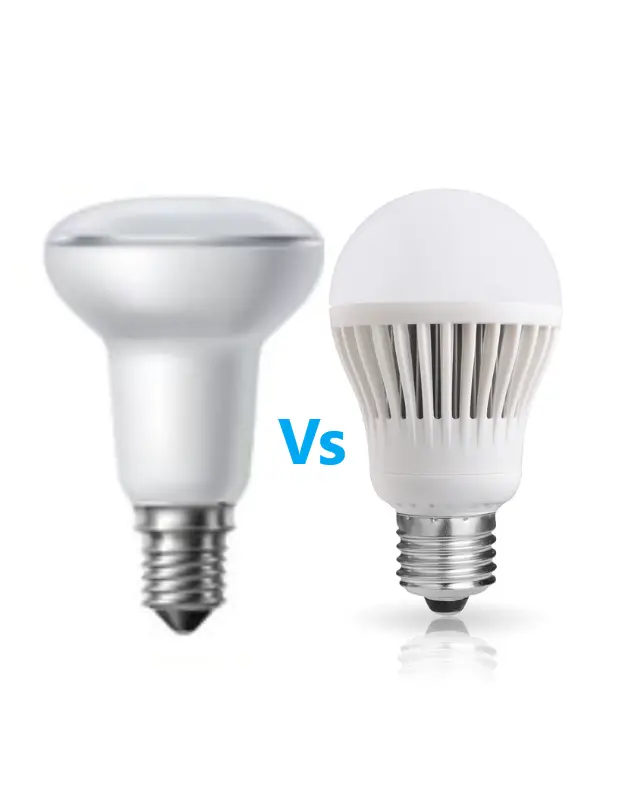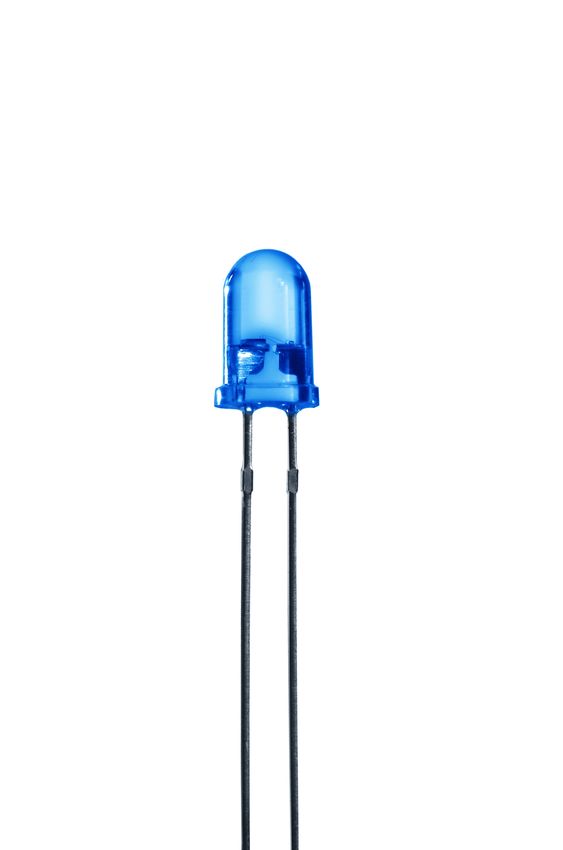Why LED Lights Flicker And How To Make It Stop
Flickering in terms of lighting refers to the rapid blinking of light due to its power state fluctuating between on and off. This causes an effect that is straining on our eyes and mind due to the irregular lighting.
LED lights may flicker for a variety of different reasons. The most common reasons for LEDs to flicker is because of incorrect dimming, a faulty LED driver or irregular fluctuation of voltage. The blinking is the result of the LED not producing light at a fast enough rate.
The LED consists of many light-emitting diodes which are all individual electronic components. The construction of the light-emitting diode is electronic, which also means that it will be somewhat sensitive to the power it receives.
Contents
Reasons Why LEDs May Flicker
The flickering of an LED can be caused by multiple reasons as mentioned above. Here we will dig deeper into how each cause of flickering works and how it affects the light output.
Incorrect Dimming of The LED
Dimming an LED is the very most common cause of issues when dealing with this light source. This is because LEDs are a little bit more complicated to dim than any other light source.
One reason why the LED is difficult to dim is that it is based on electronical components, meaning that they respond differently to the forms of dimming used for “normal” light bulbs.
The most common principle that most dimmers use is called “phase dim“. This principle builds upon shortening the active part of the AC current sine wave. This makes it so that there is less actual time in which the light is turned on since the active part of the sine wave has been reduced.
If you measure this effect using an oscilloscope, it will look something like this:
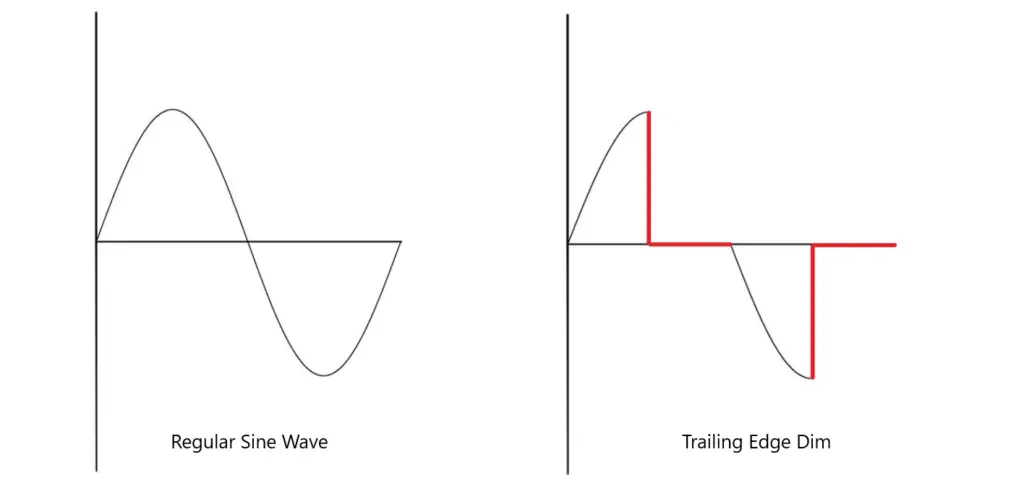
This is an example of a trailing edge dim, meaning that the trailing edge of the sine wave has been cut off in order to create a dimming effect. There is also a leading-edge dim in which the first half of the wave gets cut off instead of the second half.
These sine waves occur 50-60 times per second, depending on where you live and the frequency of your home’s voltage. What this means as well is that any given light source will alternate between being turned off and on 100-120 times per second since it will turn on at both the top and bottom apex of the wave.
Understanding that LEDs are actually constantly blinking instead of being in a completely steady state of being turned on explains why they tend to flicker when dimmed.
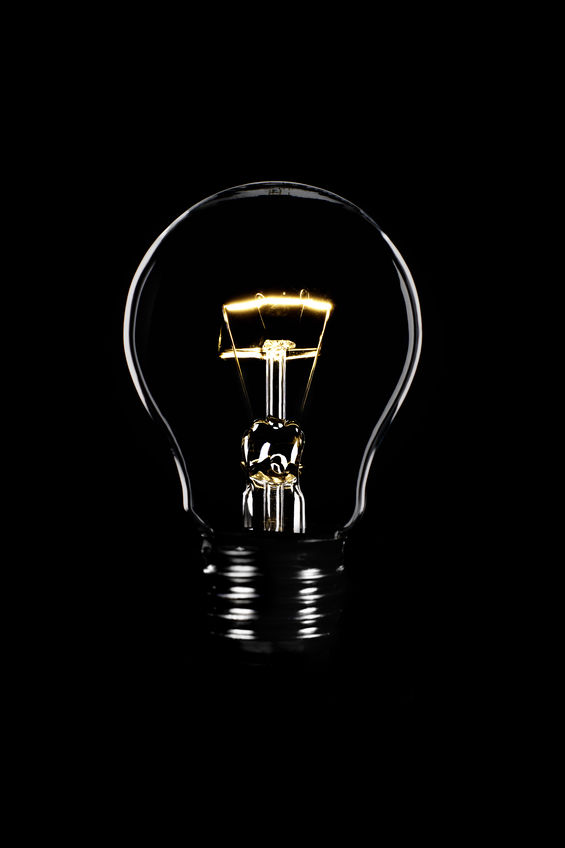
The reason this dimming method works well for most older types of light such as an incandescent bulb or a halogen bulb because they are built on a heat generation principle through a thermally heated filament.
This means that even in the time when the light isn’t actually powered there is still residual heat (and therefore light) still present within the filament.
This works a lot differently for LEDs. When you apply the same dimming principle to an LED it won’t keep any residual heat since it doesn’t build upon any heat generation principles to create light.
What instead happens for the LED is that it will start to fluctuate between a complete on and a complete off, like it also would normally but this time with much longer intervals.
These extended intervals are what cause the LED to start flickering. This is also why the more it is dimmed down the slower it will flicker because the more you dim it down the longer the off state becomes.
Faulty LED Driver
Another reason for an LED to possibly flicker is a faulty LED driver. All LEDs make use of some sort of driver in order to function since they don’t work when directly connected to the power of an outlet.
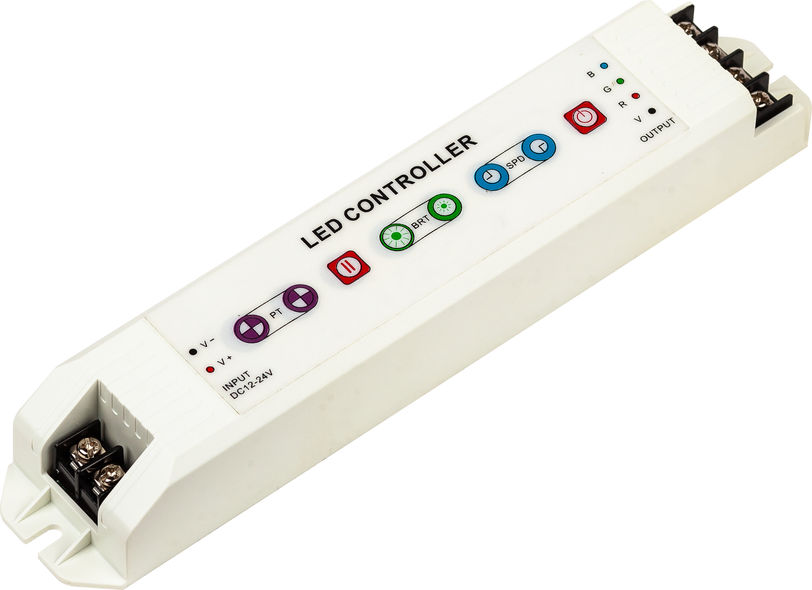
When the driver is not functioning as it should it could cause the LED to start flickering.
This doesn’t always need to be a visible flicker. An interesting part about fast-blinking lights is that they can be fast enough to the point where we won’t actually notice it but slow enough to the point where it affects us.
As interesting as it is it can also be quite harmful since flashing lights like this can be a leading cause of Migraines.
Fluctuating Voltage Connected to The LED
One more possible cause for an LED to flicker is the fluctuation of the incoming voltage. Voltage fluctuations can happen in many different scenarios such as wiring issues or simply a sudden overload in the form of a large demanding device being started in the same electrical network as the LED.
When the voltage starts to fluctuate it will also cause the lights in the home to have a fluctuating light output. This should however not become a super consistent issue as the voltage in homes tends to stabilize not long after the initial flickering.
However, if you notice that the lights start to flicker temporarily at random times throughout the day this might be the cause for it.
Loose Connection Between Light Bulb and Its Socket
Flickering can also be caused by a loose connection somewhere along the closed circuit the LED is involved in. This can be anywhere in the circuitry within your walls or simply between the lighting fixture and the LED light in itself.
This is an issue because when the connection isn’t fully intact it can cause flickering by occasionally turning on and off based on small movements such as vibrations. This causes the same flickering effect but is also much harder to pinpoint where the underlying issue is.
An unrelated reason for this being particularly bad is that this can become a fire hazard. When the electrons carrying the energy have to travel through the air to make it to the light bulb it causes a massive heat generation as a consequence of this.
This is because the resistivity of air is much higher than that of any common conductor. The higher an electrical resistance becomes the more heat it generates, which in this case can possibly start a fire.
How To Stop LEDs From Flickering
Now that we are aware of some underlying causes for your LEDs to be flickering we can begin to look at how to stop this flickering.
Use Dimmable LEDs
As for simply dimming the LED, it is important to make sure that the LED in question is actually dimmable. This information is usually present on the packaging it comes in since it’s normally a major selling point for LED bulbs.
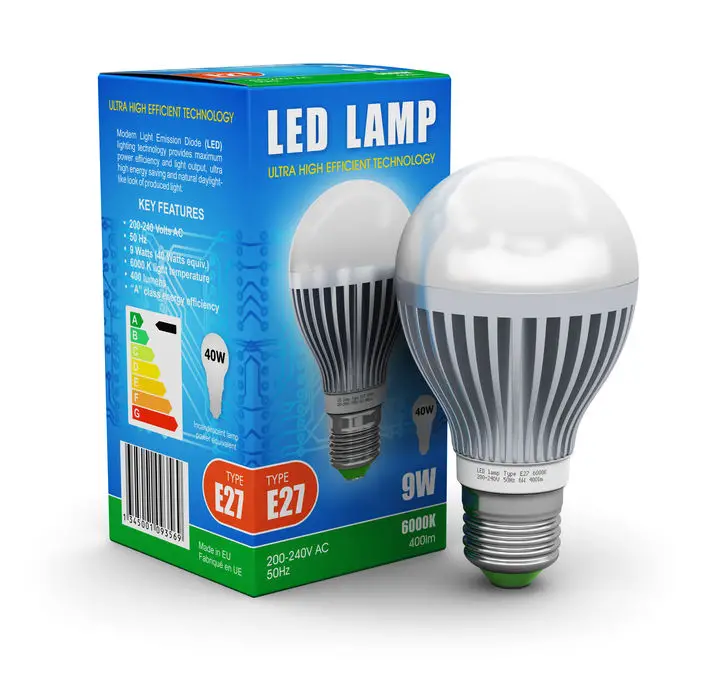
If you are trying to dim a light source that isn’t dimmable you could end up with problems such as flickering or the bulb simply not lighting up.
This is mostly due to the fact that there is no consistent industry standard for how LEDs should be dimmed. This causes issues where certain dimmers won’t work with certain LEDs and vice versa.
Replace The LED Driver
Another viable option to resolve this issue is to replace the supplied LED driver. This should resolve any issues that are directly related to a faulty driver.
One more thing to consider with this is to install a high-frequency (HF) driver if possible. An HF driver will increase the frequency of outputted current which will make the LED a lot less prone to flicker since the spacing between on/off periods will be much smaller.
Check For Loose Socket Connections
One more thing to consider is to check the connections within the circuit.
As a start, you can simply try to take the bulb out and get any excess dust or dirt out from its socket to ensure a stable connection. If the issue still persists it is possible that it is an issue within the wiring itself.
At this point, we recommend that you have an electrician come over to take a look at the wiring and have them see if there is anything visibly wrong with it. If they can’t find an issue straight away they will most likely know what the next best step is.
Summary
LEDs can flicker for a multitude of reasons. The reasons we’ve covered in this article are:
- The LED is being dimmed incorrectly.
- The LED driver is faulty.
- The voltage supplying the LED is fluctuating
- The connection between the bulb and the socket is loose.
Some of these issues can be fixed by a few simple actions. We would first recommend that you check the socket connection and make sure the bulb is screwed in tight.
Secondly, we would advise you to double-check if the bulb is dimmable or not. If a non-dimmable bulb is on a dimmer it may be the reason why it flickers since the power it receives is not what it’s supposed to be.
While it’s harder to replace a faulty LED driver and fix the fluctuations in the electrical network it is possible to limit these factors by not plugging heavy electrical machines into the system since they can cause disturbances in the electrical net.

